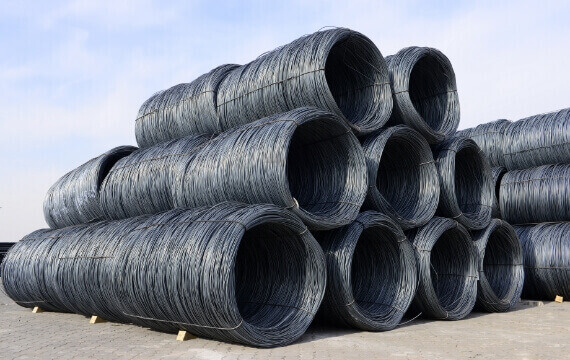The Versatility and Applications of Stainless Wire
Stainless wire is a crucial component in various industries due to its exceptional properties and versatility. Made from stainless steel, it combines durability, corrosion resistance, and aesthetic appeal. This article explores the characteristics, types, and applications of pvc coated stainless wire rope, highlighting why it is a preferred material in numerous fields.
Characteristics of Stainless Wire
- Corrosion Resistance: Stainless wire is renowned for its resistance to corrosion and rust. The presence of chromium in stainless steel forms a passive layer of chromium oxide on the surface, protecting the wire from environmental damage and extending its lifespan.
- Strength and Durability: Stainless wire is known for its strength and durability. It maintains its tensile strength and structural integrity even under extreme conditions, including high temperatures and harsh environments.
- Aesthetic Appeal: The smooth, shiny surface of stainless wire gives it a sleek and modern look. This aesthetic quality makes it a popular choice in decorative applications, where appearance is as important as functionality.
- Flexibility: Despite its strength, stainless wire is relatively flexible. This flexibility allows it to be easily manipulated and shaped for various uses, from industrial applications to artistic designs.
Types of Stainless Wire
- 304 Stainless Wire: This is the most commonly used type of stainless wire, offering excellent corrosion resistance and good mechanical properties. It is widely used in kitchen equipment, medical instruments, and architectural applications.
- 316 Stainless Wire: Known for its superior resistance to chloride corrosion, 316 stainless wire is ideal for marine and chemical environments. It is commonly used in the food and pharmaceutical industries.
- 430 Stainless Wire: This type of stainless wire has a lower corrosion resistance compared to 304 and 316 but offers good formability and is often used in automotive and decorative applications.
Applications of Stainless Wire
- Industrial Applications: Stainless wire is used in various industrial settings, including construction, manufacturing, and mining. It is employed in creating reinforcement mesh, conveyor belts, and filter screens, where its strength and durability are critical.
- Medical Field: In the medical industry, stainless wire is used in surgical instruments, sutures, and implants. Its biocompatibility and resistance to corrosion make it suitable for use in the human body.
- Architectural Design: Stainless wire is increasingly used in architectural applications, such as railing systems, facades, and decorative elements. Its aesthetic appeal and strength contribute to both functional and visual aspects of design.
- Marine Industry: The marine industry benefits from stainless wire’s resistance to saltwater corrosion. It is used in boat rigging, mooring lines, and other marine applications where exposure to harsh environments is a factor.
- Art and Craft: Artists and craftsmen use stainless wire for creating sculptures, jewelry, and other decorative items. Its flexibility and aesthetic qualities allow for intricate and creative designs.
Conclusion
Stainless wire stands out due to its unique combination of properties, including corrosion resistance, strength, and flexibility. Its diverse applications across various industries—ranging from industrial to artistic—demonstrate its versatility and value. As technology and design continue to evolve, stainless wire will likely remain a vital material in many applications, offering both functionality and aesthetic appeal.

